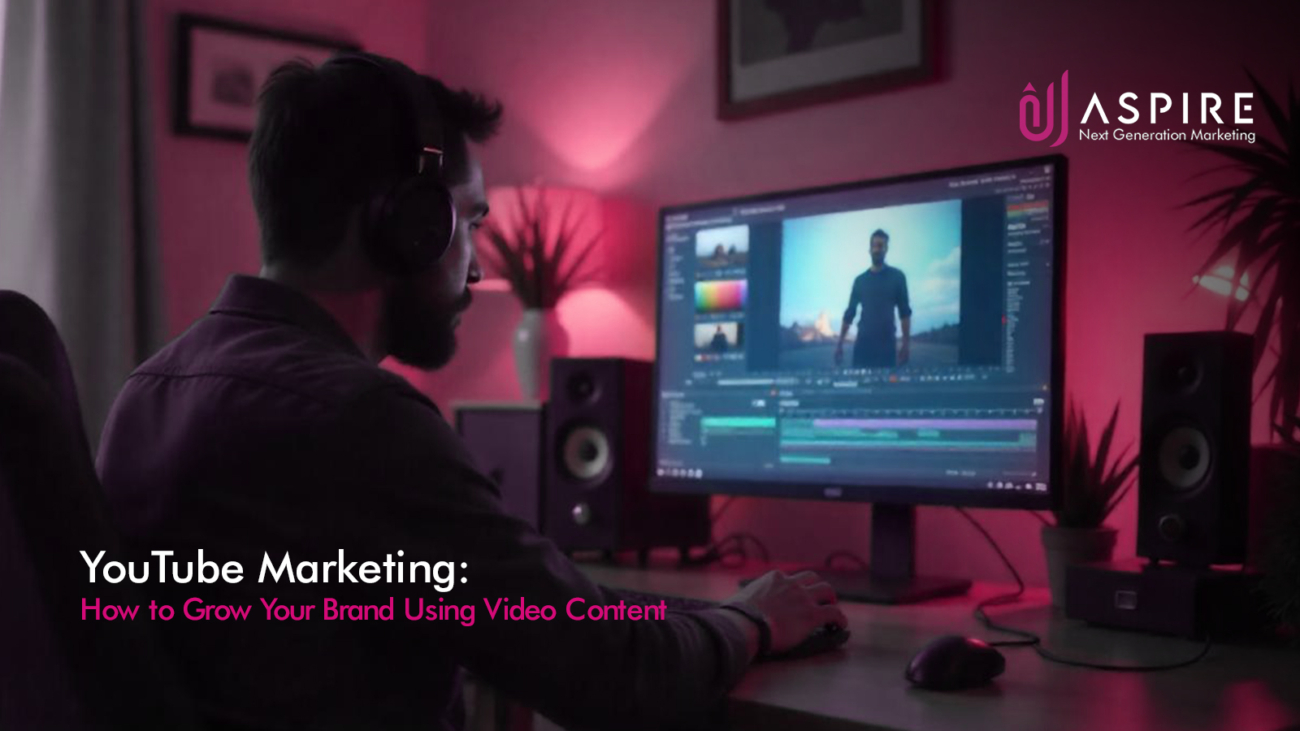For fitness studios and gyms, establishing a strong online presence is essential for getting clients. With the right social media strategies, you can highlight your brand, promote success stories, and, ultimately, drive membership growth.
Here is our ultimate guide filled with tried and tested strategies, tips, and actionable insights for the success of your fitness business on social media
Table of Contents
Understanding the Fitness Industry Landscape:
The fitness industry is constantly changing. With new workouts and health technologies flooding the market, fitness enthusiast today expects more than a traditional gym; they crave compelling content and personalized engagement.
With this digital shift, fitness studios and gyms need to come up with creative social media strategies to engage with their community and attract new members.

Key points to consider:
- Audience Insights: Know your members. Analyze demographic data and fitness trends to shape your message.
- Content Relevance: Create blog posts that reflect current trends in health, food science, and workout activity.
- Community Engagement: Interact with your audience using polls, Q&A sessions, and live workouts.
These are the areas you focus on to produce compelling digital experiences using targeted social media strategies to deliver actual outcomes.
Why Social Media Strategies Are Essential for Fitness Studios and Gyms:
Implementation of social media strategies is not only a game of content posting but also a community-building activity followed by engagement, and subsequently conversion of followers into loyal customers.
Here’s the reason that these tactics are crucial for fitness brands:
- Visibility: Establishing an online presence for good in a crowded market such as this one is a conscious decision that lies at the root of a successful business for a long time. Social media strategies allow you to target your content to the exact audience.
- Engagement: Interactive and engaging posts can create a sense of community around your brand and convert your followers from passive onlookers to active participants.
- Conversion: Every single post can be a “call to action”—be it a free trial signup, a class registration, or a membership purchase—as long as you approach it the right way.
Inclusions of these social media strategies help fitness businesses gain a competitive edge in a saturated market, making them inevitable in the modern digital age.
Key Social Media Strategies to Implement:
Actionable and innovative social media strategies that significantly impact your business. Here are some strategies you might consider:
1. Develop a Robust Content Calendar:
A well-planned content calendar is very important. You can adjust your posts based on fitness events, member success stories, nutrition tips, behind-the-scenes in your facility, etc.
- Plan Ahead: Schedule posts for peak engagement times.
- Mix Content Types: Use a combination of photos, videos, infographics, and live sessions.
- Align with Trends: Incorporate seasonal fitness challenges and trending workout routines.
2. Leverage High-Quality Visual Content:
In the fitness world, visual appeal is everything. Professional photos or videos bring your workouts, facilities, and success stories to life!
- Professional Photography: Invest in professional shoots to showcase your gym’s environment.
- User-Generated Content: Encourage members to share their progress and tag your studio.
- Visual Consistency: Maintain a consistent visual theme to reinforce brand identity through your marketing strategies.
3. Engage with Your Audience:
Active engagement is a cornerstone of effective social media strategies.
- Interactive Posts: Use polls, Q&A sessions, and live workouts to foster interaction.
- Prompt Responses: Respond quickly to comments and messages to build a loyal community.
- Community Building: Create challenges or contests that encourage members to share their fitness journeys.

4. Monitor and Analyze Performance:
Tracking your progress is key to refining your approach.
- Analytics Tools: Use built-in social media insights and third-party tools to track engagement, reach, and conversion rates.
- Regular Reviews: Hold monthly reviews to assess what’s working and adjust your social media marketing strategies accordingly.
- Adaptation: Stay flexible and ready to pivot based on feedback and emerging trends.
By implementing these pointers, you can refine your social media strategies and maximize the impact of your digital efforts.
Leveraging Local Expertise with Aspire Digital Media:
For fitness studios and gyms looking to stay ahead of the competition, professional help is key. Aspire Digital Media is one of the top digital marketing agencies in Kolkata and specializes in creating personalized social media strategies along with core processes that are suitable for local and international audiences.
What Makes Aspire Digital Media Stand Out?
- Customized Approach: Aspire Digital Media listens to your business footprints first to create tailored social media plans that are aligned with your business needs.
- Result-Driven Campaigns: Geared toward analytics, their campaigns aim to increase engagement, grow memberships, and enhance ROI.
- Local Market Expertise: Leveraging deep insights into Kolkata’s market, Aspire Digital Media, makes sure that your social media tricks are innovative yet culturally relevant.
- Proven Track Record: The success stories that dot their industries, especially in their fitness market, are powerful testaments to the efficiency of their models.
Partnering with Aspire Digital Media could be the pivot point that changes your digital reach. Their experience in social media strategies ensures that you do not lag behind the competition.
Implementing and Measuring Your Social Media Strategies:
Once you have created your social media strategies, now comes implementation and continuous analysis. This is an important step to help transform your work into real business outcomes.
Best Practices for Implementation:
- Start Small: Begin with a pilot campaign to test your approach, then scale based on success.
- Consistency is Key: You need to be consistently engaged by regular posting. Establish a schedule that your audience knows they can depend on.
- Integrated Marketing: Combine your marketing strategies with email marketing, paid ads, and promotions from your site.
Measuring Success:
- Set Clear KPIs: Define key performance indicators such as engagement rates, website traffic, and conversion rates.
- Use Analytics: Use analytics tools to monitor the performance of each campaign and optimize your social media strategies accordingly.
- Feedback Loop: Listen to your audience. The feedback is invaluable in bettering and refining your approach.
Keep in mind that the fitness industry as a whole is ever-evolving, so your social media strategies should change with the tides based on customer feedback and trends that are gaining momentum.
Conclusion:
Social media marketing strategies are the backbone of fitness marketing nowadays. When combined, these techniques can increase brand awareness and community growth and create long-lasting success for fitness studios and gyms.
With a strong content calendar, creative visuals, and collaborations with local specialists such as Aspire Digital Media, the journey of success is marked with innovation and strategic foresight.
Take advantage of social media strategies and set your fitness business for long-term success. With years of experience in the field, Aspire Digital Media has the knowledge and insight into the online space that is crucial to ensuring your fitness brand’s campaigns are creative yet effective. So now is the time to look for Social media, which will take your gym or fitness studio to the next level.
Read more: How Educational Industry Can Benefit from Social Media Marketing
FAQ
How to build an effective content calendar?
Build an effective content calendar by researching audience preferences and behaviours, defining goals for content strategy, planning diverse content types, scheduling posts consistently with tools, incorporating key dates, and regularly revising your performance to adjust strategy and maintain consistent audience connection and success that drives growth.
What makes a social media campaign successful?
A successful social media campaign combines powerful content, strategic targeting, consistent branding, interactive engagement, and measurable results, cultivating trust and community around a brand, all built on the feedback loop of an audience willing to respond to the brand, helping achieve sustained growth with excellence.
Are paid ads beneficial for fitness brands?
Paid ads are beneficial for fitness brands because they give them targeted reach, increased visibility, and measurable engagement. They match brands to particular audiences, increase their online presence, along with driving memberships through targeted, data-driven advertisement strategies, which can improve overall marketing significantly.


























